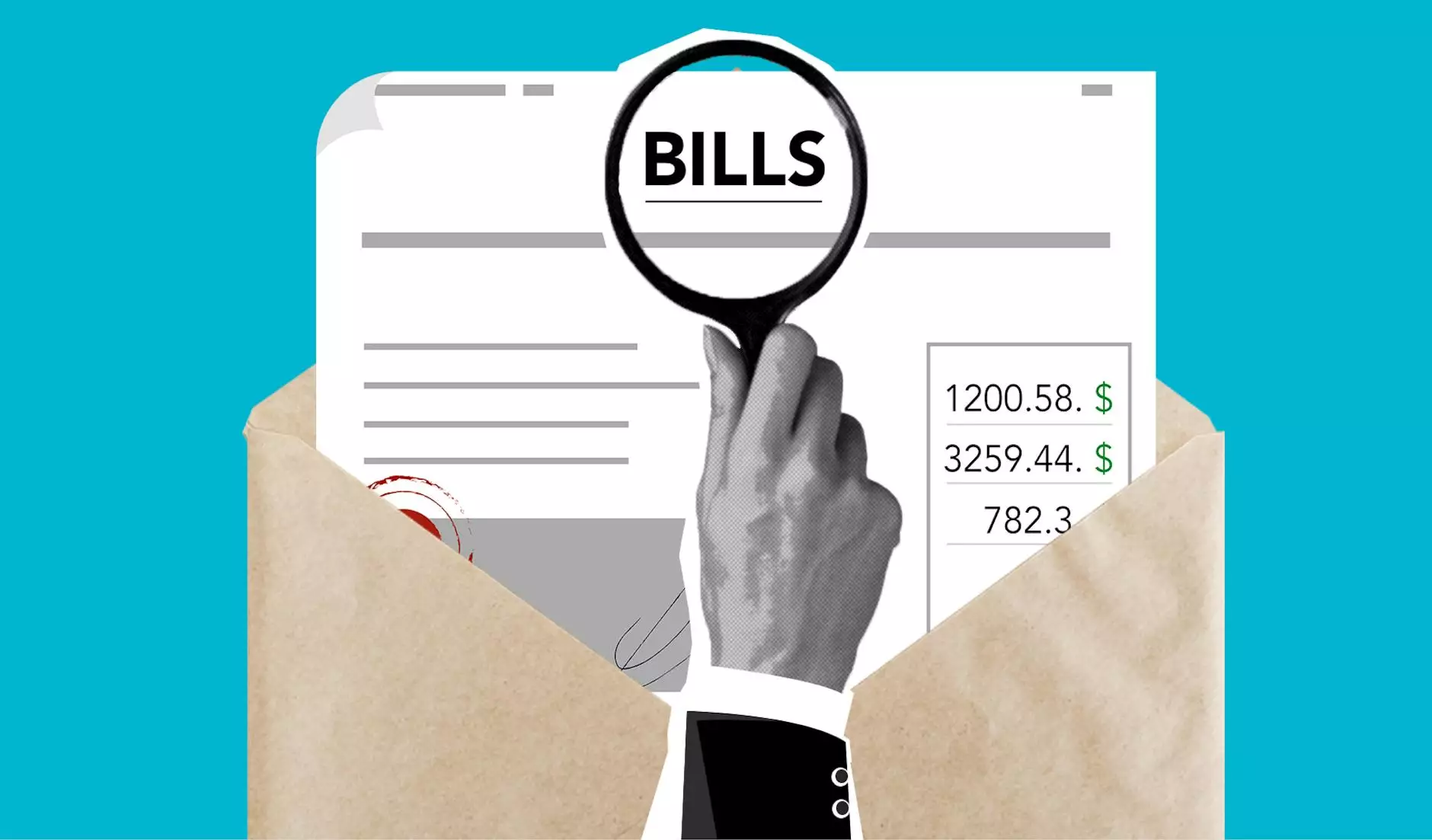What Is The Business Model Of Venmo?

In the competitive landscape of the Business and Consumer Services - Marketing and Advertising industry, understanding the intricacies of each player's business model can provide valuable insights and potentially set your business apart from the rest. In this article, we will dive into the business model of Venmo, a prominent player in the industry.
The Basics of Venmo
Venmo, founded in 2009, is a popular mobile payment service that enables users to transfer funds between individuals through a mobile app. It was acquired by PayPal, a global leader in the online payments space, in 2013. Venmo stands out in the market due to its user-friendly interface and social media-like features, allowing users to share transaction details with their connections.
Understanding Venmo's Revenue Streams
One key aspect of any business model is its revenue streams. Venmo primarily generates revenue through transaction fees imposed on certain types of transactions. While Venmo allows free transfers between individuals using bank accounts or debit cards, it charges a small percentage fee for transactions funded via credit cards. This fee structure incentivizes users to link their bank accounts for fee-less transactions, effectively reducing any potential friction in the payment process.
Additionally, Venmo partners with businesses to offer users the option to make payments within participating apps and websites using their Venmo account. These partnerships create additional revenue opportunities for Venmo, as they typically involve a revenue share model, where Venmo receives a percentage of the transaction value.
Monetizing the Social Aspect
One of the unique selling points of Venmo is its integration of social media-like features, such as the ability to like and comment on transactions. While these features add a social element to the payment experience, they also serve as an avenue for monetization. Venmo allows businesses to promote their products and services through sponsored payment feed items. This means that businesses can pay to have their transactions featured prominently in users' feeds, potentially gaining exposure to a larger audience.
Enhancing the User Experience
Venmo focuses on enhancing the user experience to drive adoption and encourage retention. Part of its strategy involves leveraging data insights to offer personalized recommendations and incentives. For example, Venmo analyzes users' transaction history to suggest relevant merchants or services, making it easier for users to discover new businesses and make seamless payments.
In addition, Venmo rewards its users through a cashback program that incentivizes frequent usage. Users can earn a percentage of their transaction amount back as a cash reward, further encouraging continued engagement with the platform.
Security Measures and Partnerships
As a financial service provider, Venmo places significant emphasis on security measures to protect users' privacy and financial information. It employs encryption technology to secure transactions and incorporates multi-factor authentication for added security. Additionally, Venmo collaborates with payment processors and financial institutions to safeguard user funds and comply with regulatory requirements.
Looking Ahead
Venmo's business model has allowed it to thrive in the competitive landscape of the Business and Consumer Services - Marketing and Advertising industry. By providing a convenient and social payment experience, leveraging data insights, and fostering strong partnerships, Venmo continues to attract users and expand its presence in the market.
Understanding the nuances of Venmo's business model can provide valuable insights to businesses looking to navigate the ever-evolving digital payments landscape. By leveraging the strategies and approaches adopted by successful players like Venmo, businesses can enhance their own service offerings and better meet the evolving needs of consumers.










